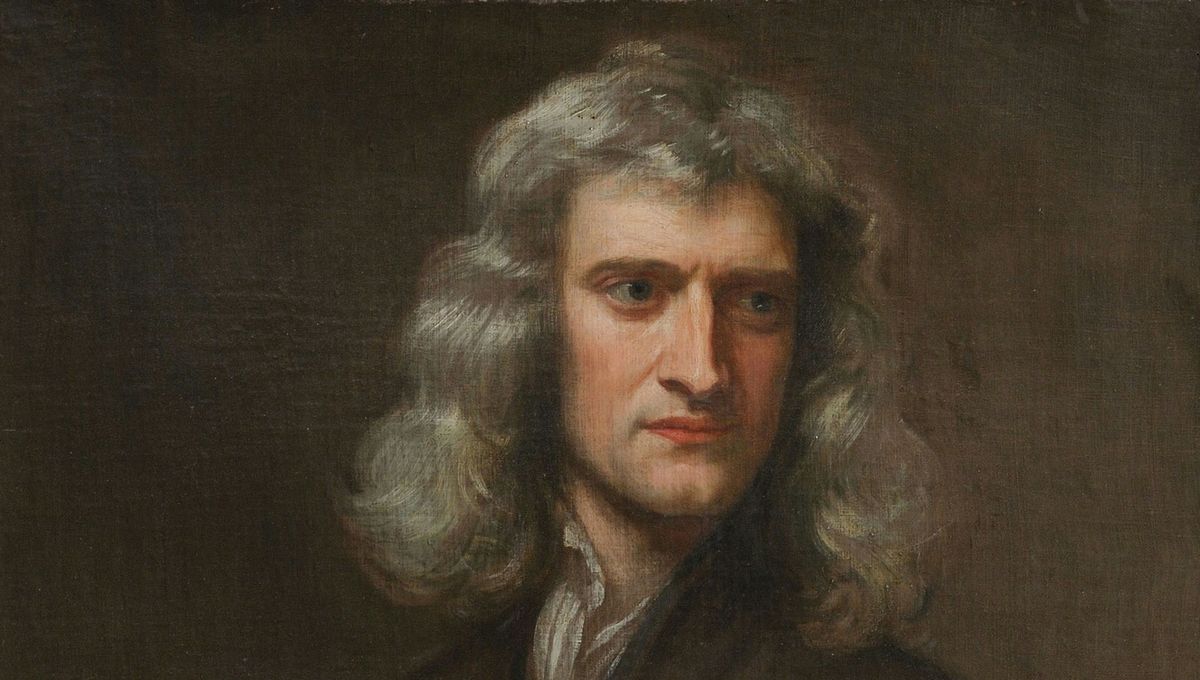
Sir Isaac Newton, discoverer of gravity and co-inventor of calculus, was born on Christmas day of 1642, but only if you count the time using the now-abandoned Julian calendar. In the Gregorian calendar that we use today (and was used by the catholic regions of Europe at the time), the correct date is actually January 4. So today is the 381st birthday of Newton – and what better way to mark it than to discuss his likeness?
Images of the scientist come to us in many forms, from busts to paintings to engravings, so we have a good idea about what Newton looked like. These came from a lot of different times in the British natural philosopher’s life. Among his more distinctive characteristics is his well-defined nose, which features prominently and consistently in all the portraitures of Newton.
The nose appears to be the real deal according to Newton’s own death mask – although there it is slightly squished given the weight of the plaster itself. Death masks were a common occurrence in Europe, from the days of the Romans to recent times. Nobles and royalty were the common recipients of such a procedure, where a person’s face after death was placed in wax or plaster cast to get their likeness, but also writers, artists, composers, and evidently scientists.
This approach was used for centuries, from the middle ages to the 1800s, so that sculptors could create statues and busts of the deceased. Indeed, in Newton’s case, several masks were created, likely by artist Michael Rysbrack to help with that. Rysbrack was the sculptor behind Netwon’s funerary monument where the scientist is buried in Westminster Abbey.
The Royal Society possesses one such death mask owned by Louis-François Roubiliac, a French sculptor who carved a marble bust of Newton which is now to be found at Trinity College Cambridge, where the scientist was a fellow. The mask was digitally scanned and a 3D model of it was created about a decade ago, using an Xbox Kinect. While the plaster weight has altered a bit of the physiognomy of the scientist, features seen in the engraving by John Vanderbank from 1720 are clear. That was just a few years before his death.
If you think his birthday was a complex matter, having to shift the calendar forward by ten days, his death day is even worse. According to the old-style calendar, not only were you 11 days behind the astronomical occurrences that were used to keep the time by the time of his death, but the new year also started on March 25. The day after the old New Year’s Day would be March 26, but of the following year. So, in the old style, he died on March 20, 1726 – but with our modern calendar, he died on March 31, 1727.
Source Link: Death Mask Reveals What Isaac Newton Really Looked Like